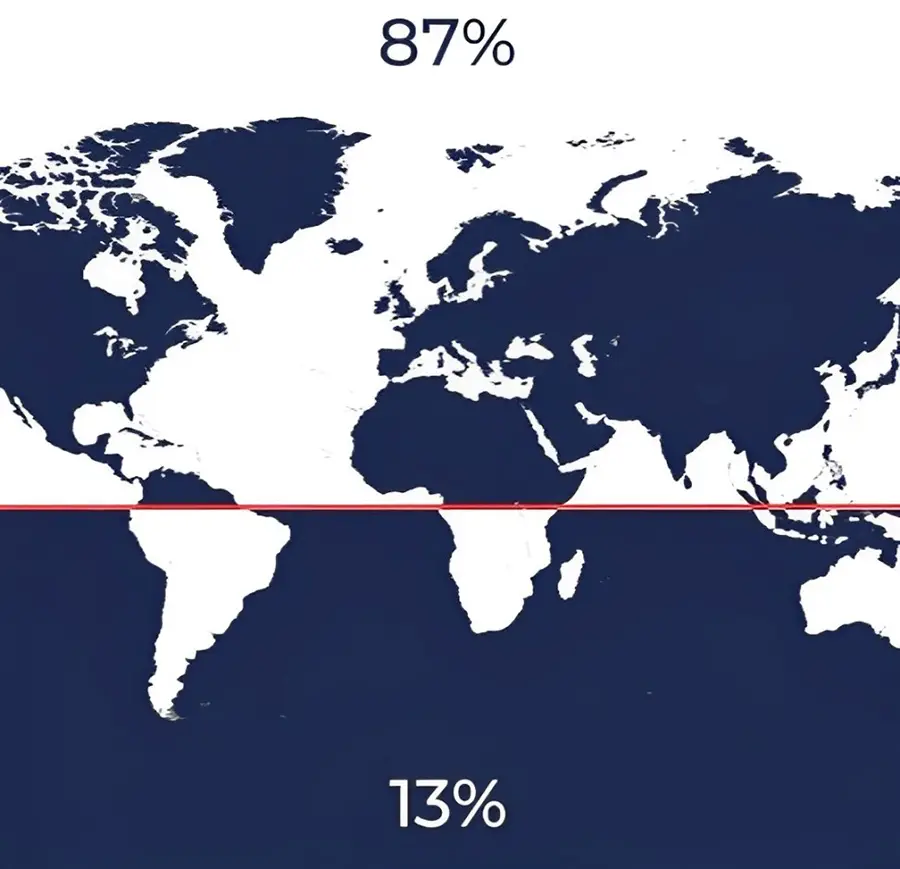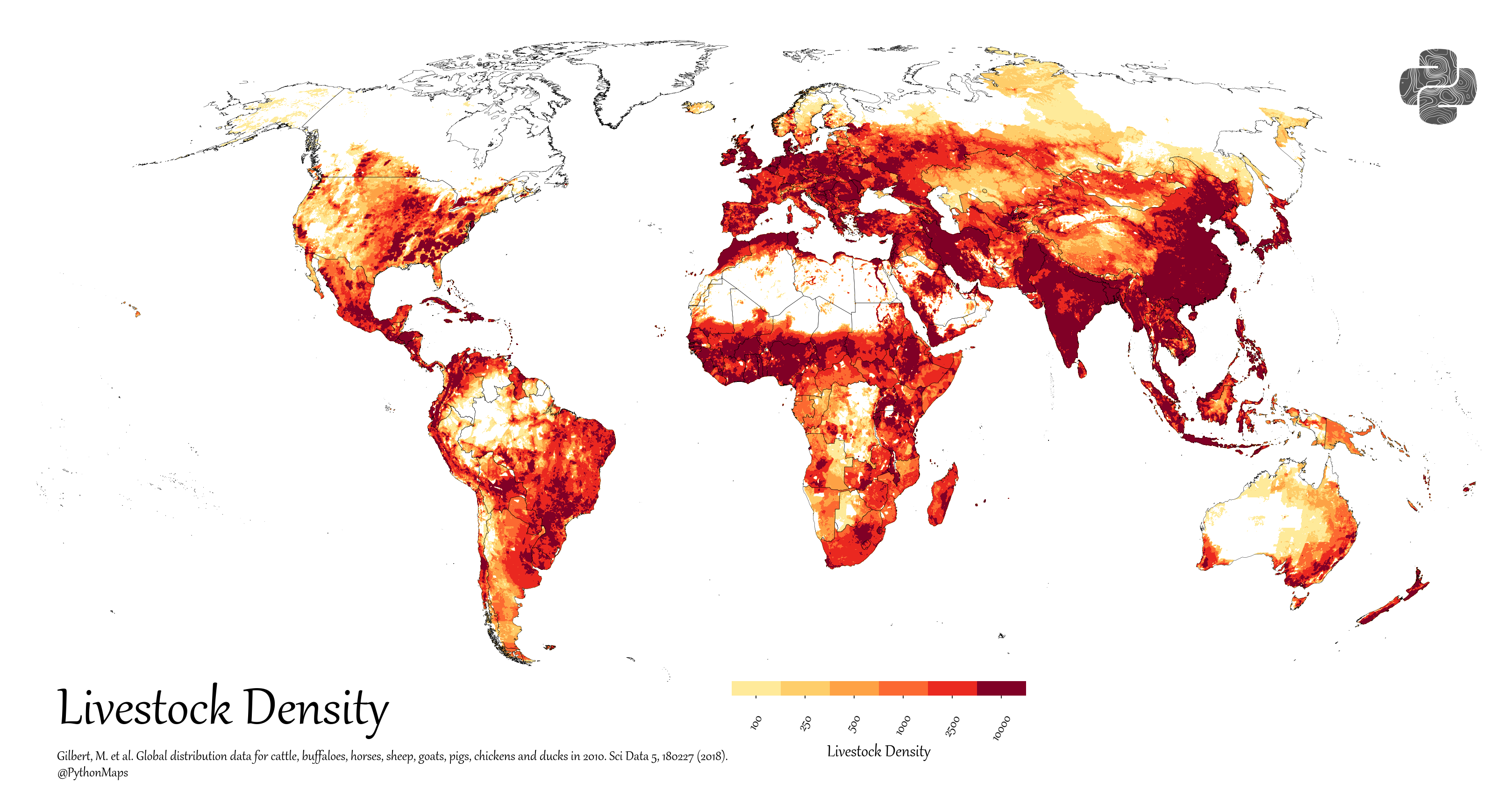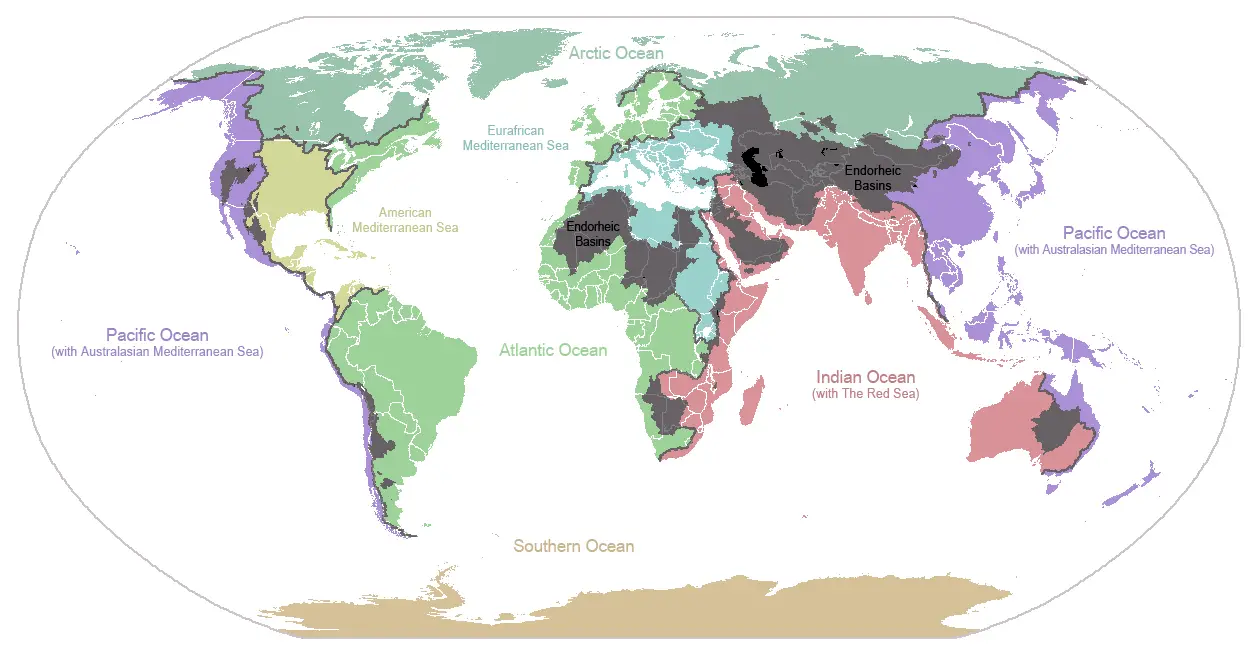How much of the population lives in the Northern and Southern Hemispheres?
Approximately 87% of the world’s population lives in the Northern Hemisphere, while the remaining 13% lives in the Southern Hemisphere. This distribution is primarily because the Northern Hemisphere contains a larger landmass, including densely populated regions such as Asia, Europe, and North America, compared to the Southern Hemisphere.

| Hemisphere | Population (billions) | Percentage | Area (million km²) | Area Percentage | Population density / km² |
|---|---|---|---|---|---|
| Northern | 7.0 | 87 | 100.9 | 68 | 69.4 |
| Southern | 1.1 | 13 | 47.5 | 32 | 23.2 |
Over 7 billion individuals inhabit the Northern Hemisphere, encompassing approximately 87% of the global populace and dominating the majority of Earth’s landmass. Notably, North America and Europe reside entirely within this hemisphere, alongside significant portions of Asia, two-thirds of Africa, and 10% of South America. The Northern Hemisphere hosts the three most populous nations—India, China, and the United States.
Contrastingly, around one billion people inhabit the Southern Hemisphere, constituting roughly 13% of the global population. Among them, Brazil accommodates over 218 million residents, claiming the title of the largest Southern Hemisphere nation by land area. Notably, Java, the most populous island68 worldwide, is home to more than 152 million individuals. Indonesia emerges as the most populous Southern Hemisphere country, boasting a population of 280 million, with approximately 30 million residing north of the Equator on specific islands and the remaining populace situated in the Southern Hemisphere.









thats crazy